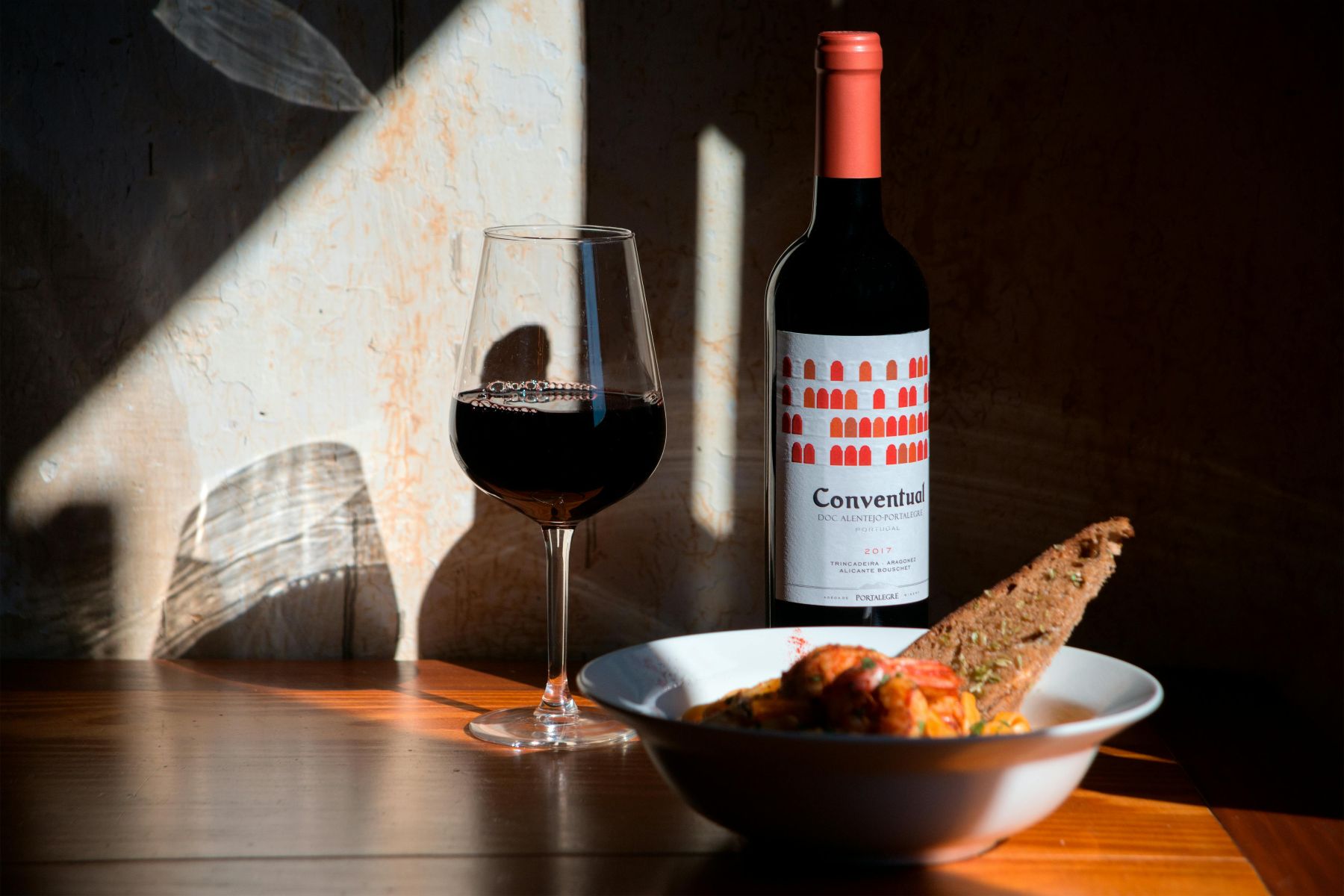Let’s face it: many of us have experienced the joys, intimidation, and social anxiety of figuring out what alcohol or wine to pair with food. But when it comes to pairing food and spirits, well, there’s usually no dilemma here really – surely nothing too strong, or in the case of a cocktail, nothing too specific in flavour profile – would be appropriate for pairing with food, right?
Well, think again. Many spirits actually benefit from being matched with food. If one’s actually been to a proper whisky tasting session that’s curated by a very knowledgeable alcohol brand ambassador, then the first thing that you’ll spot – apart from the bottles of liquor on display – are also foods like chocolate, nuts, fruits, and even some types of seafood. These have been carefully selected to complement a spirit’s specific flavour notes, and make them easier to differentiate, especially by untrained taste buds.
The same is increasingly true for cocktails. Sure, most are more likely to order wine or beer with food than, say, a rich, boozy Manhattan. But cocktail and food pairings are an increasing trend all over the world, as they allow for more creative flavour combinations and a more versatile dining experience.
How to pair spirits with food: Key principles
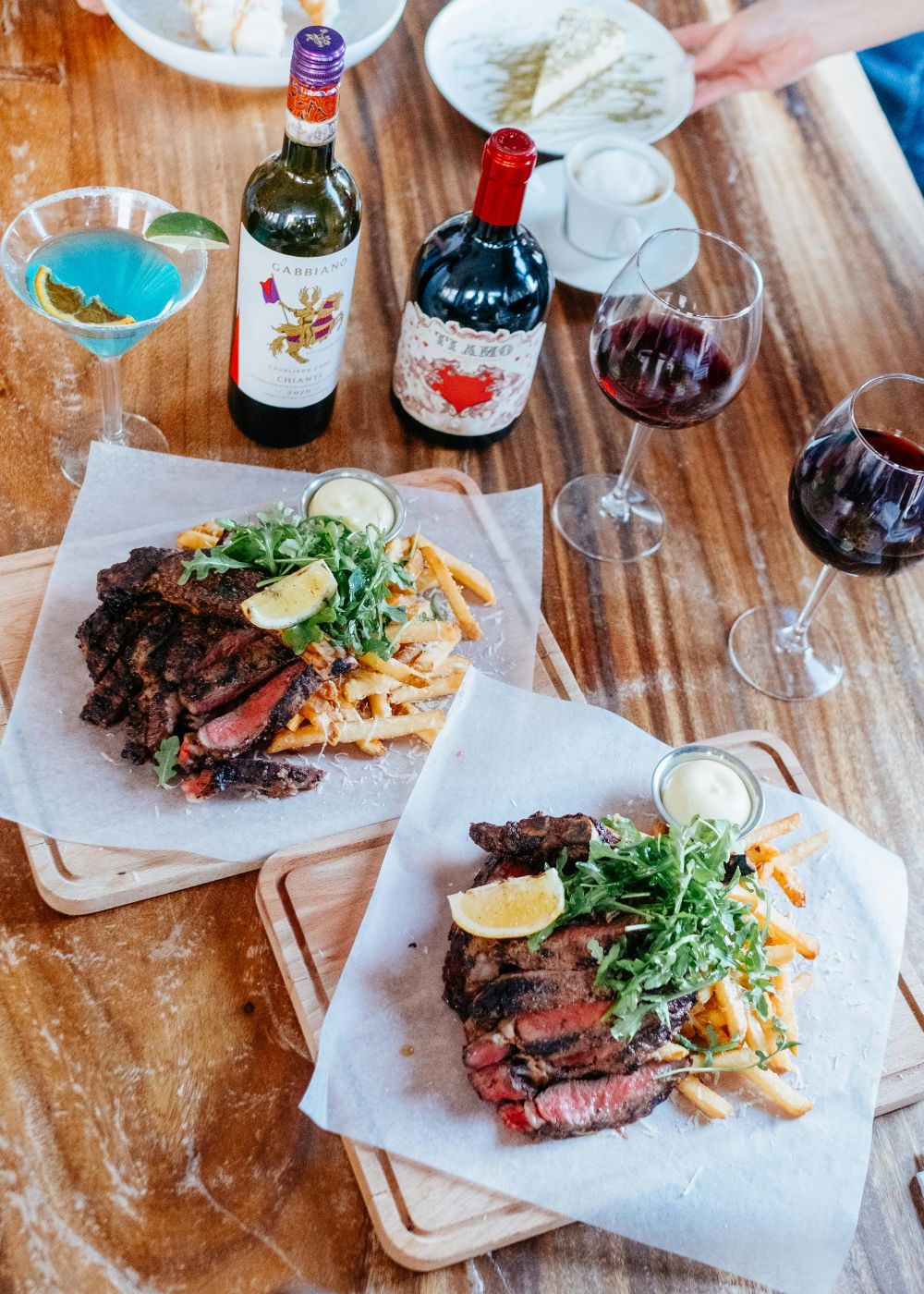
So, what are best food and alcohol combinations? Well, as with wine and beer, there are no black and white rules about this. Ultimately, your palate is king, but there are some suggestions.
Due to their higher alcohol content, spirits are a bit harder to pair with food. This is mostly because flavour profiles and the sensation of “heat” from these spirits can overwhelm nuances in the food. But that doesn’t mean it’s impossible. Once we start really tasting spirits, they tend to have a lot of complexity of flavour, which means a lot of opportunity to marry specific spirits to certain dishes.
Think of the brininess of a peated Islay Scotch whisky, or the caramel sweetness of a nice dark rum. Gin is highly botanical, with juniper and often citrus and spice notes that could act as a seasoning to your food (think smoked salmon on rye bread). Meanwhile, bourbon has a gentle depth from aging in a charred oak barrel, making it an ideal accompaniment to a fiery barbecue.
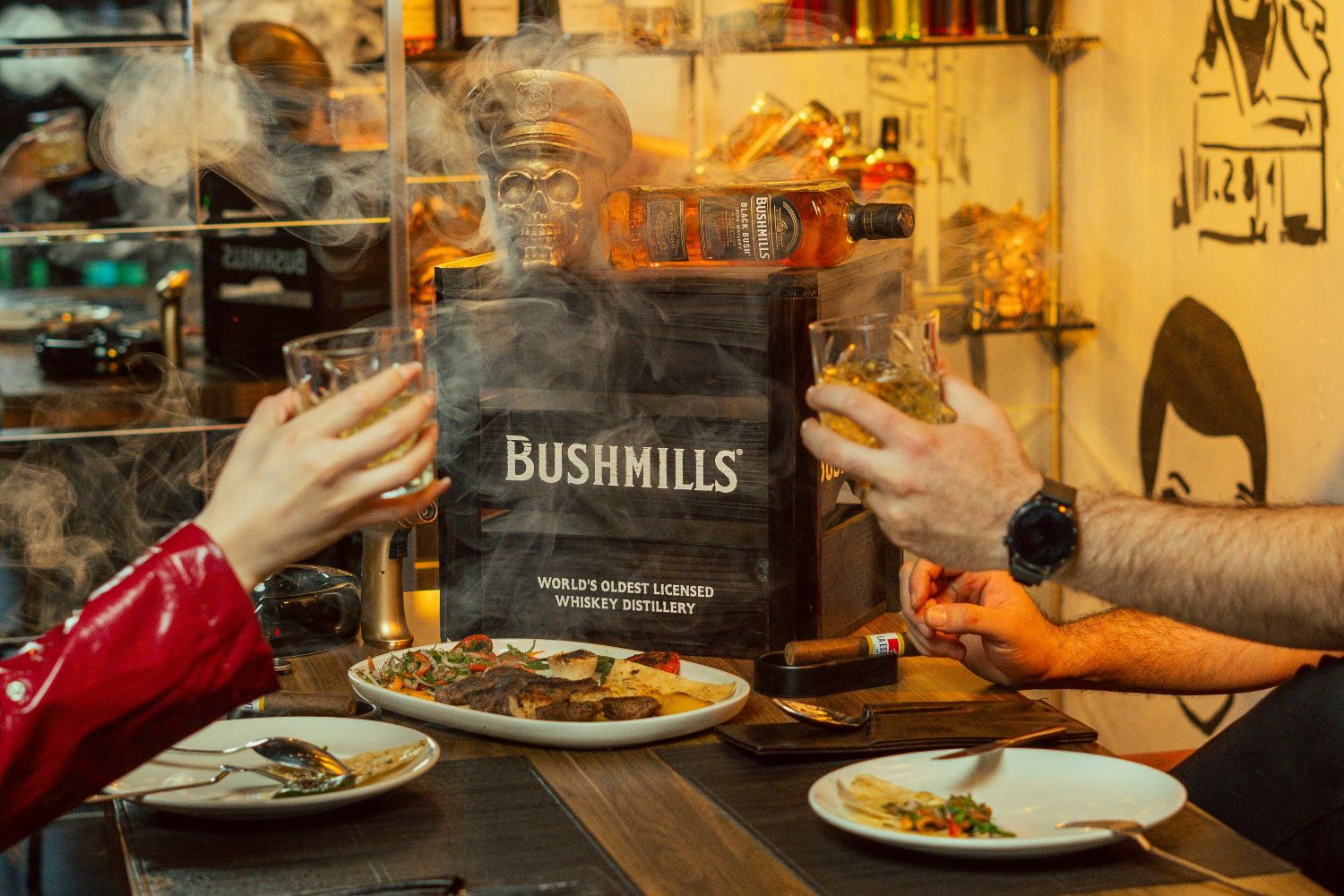
When it comes to food from our own neck of the woods, richer spirits like whisky or aged rum can be paired with bolder, more savoury dishes like braised or spicy meat dishes, while lighter spirits like sake, soju, or dry cocktails can be a great match for delicate dishes like sushi or sashimi.
Believe it or not, even vodka – an aggressively “blank” spirit (as in it’s designed to be nearly flavourless) – can pair well with a meal. In fact, in Russia, vodka isn’t really paired with cranberry juice or club soda, but food. There, a “zakuski” presents a traditional array of tapas-style Russian appetisers meant to be consumed alongside vodka.
The clean, cold vodka goes down your gullet followed by some fortifying pickled tomatoes, blini (miniature buckwheat pancakes) and caviar, or some herring and mayonnaise. Sure, most bars won’t have herring or blini on hand, but if you’re drinking at home, try your icy vodka alongside something either rich or briny and see which you prefer.
Food and cocktail pairings: A world of flavour possibilities
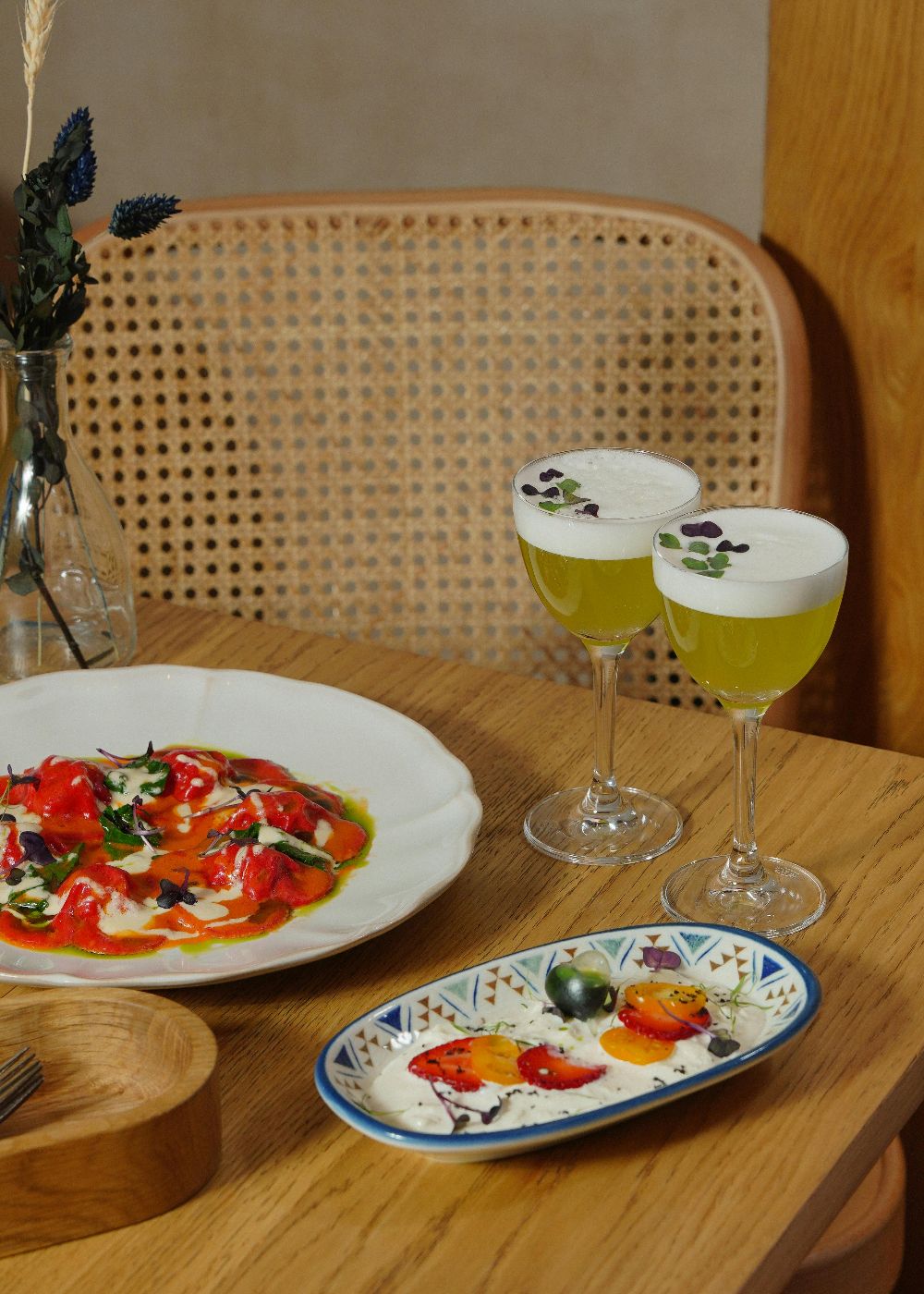
If strong spirits are challenging to pair with food, then it might seem more complicated to pair mixed drinks with a meal, right? After all, there are more elements in the finished product to begin with.
On the contrary, it can prove a fair bit easier! This is because mixed drinks tend to be much lower ABV (usually around 20% or below, though that varies) and because mixed drinks tend to have more specific flavour profiles, be it sweet, sour, or bitter. All this is a lot more readily discernible, plus you can also tweak mixed drinks to match your food.
Food and cocktail pairing examples:
- Ceviche or tempura – Pair with a light, citrusy cocktail like a Gin Rickey
- Spicy tacos – A Margarita’s acidity and sweetness balance the heat
- Rich desserts – A Bourbon Old Fashioned enhances chocolatey flavours
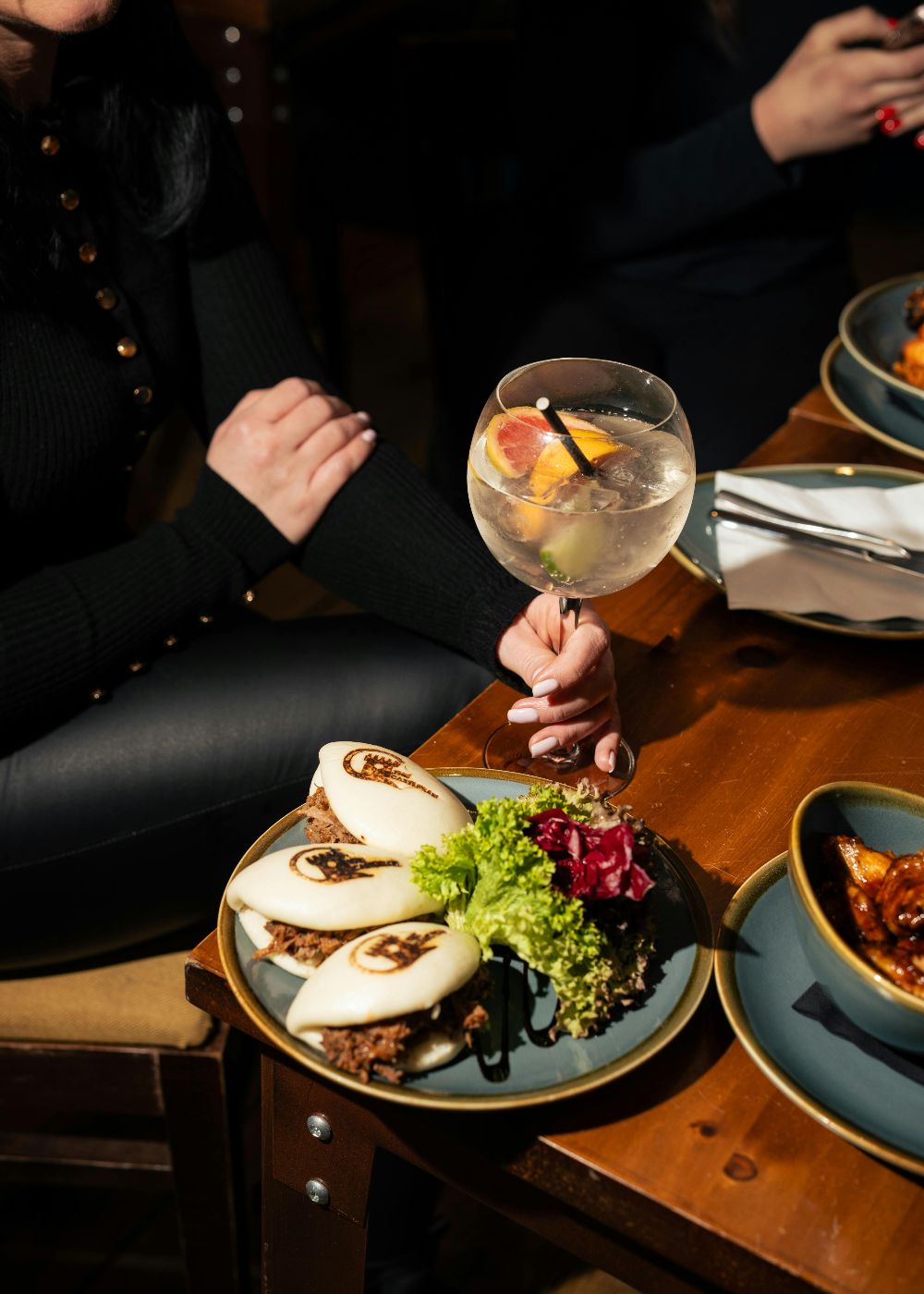
Key tips for food and drink pairings:
- Balance intensity – Avoid overly complex cocktails with delicate dishes (and vice versa)
- Match textures – Heavy cocktails suit hearty meals, while light cocktails pair with fresh, simple dishes
- Consider acidity and sweetness – Ensure neither overpowers the other
Bottom line
Just remember that the food or drink shouldn’t be ridiculously complex if the other isn’t. It’s also wise to match textures, meaning don’t serve a heavy, sweet or powerfully alcoholic cocktails alongside lighter dishes, and don’t serve a light, refreshing cocktail alongside something like a Porterhouse steak… and you’ll be fine.
For more food and drink stories, click here.


